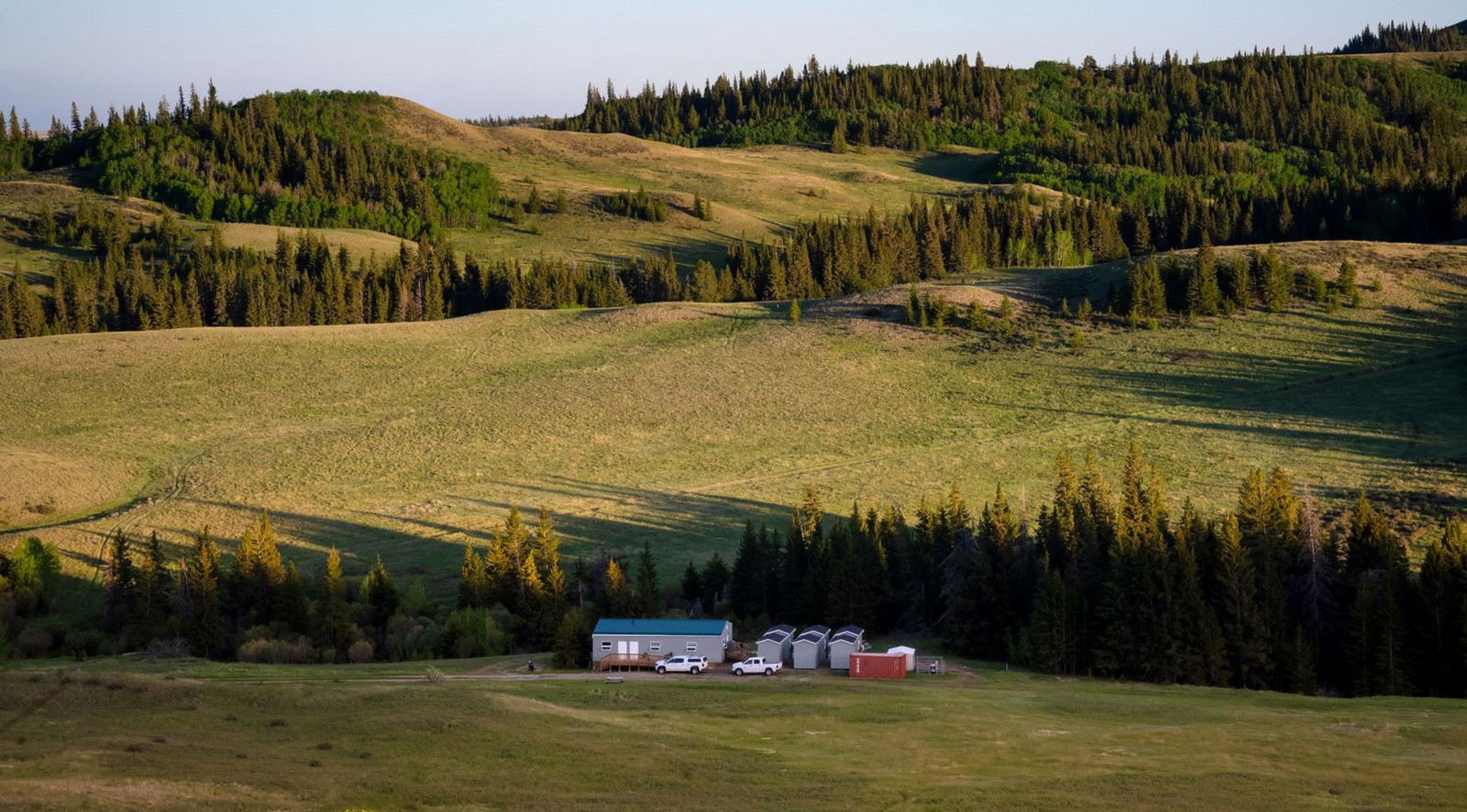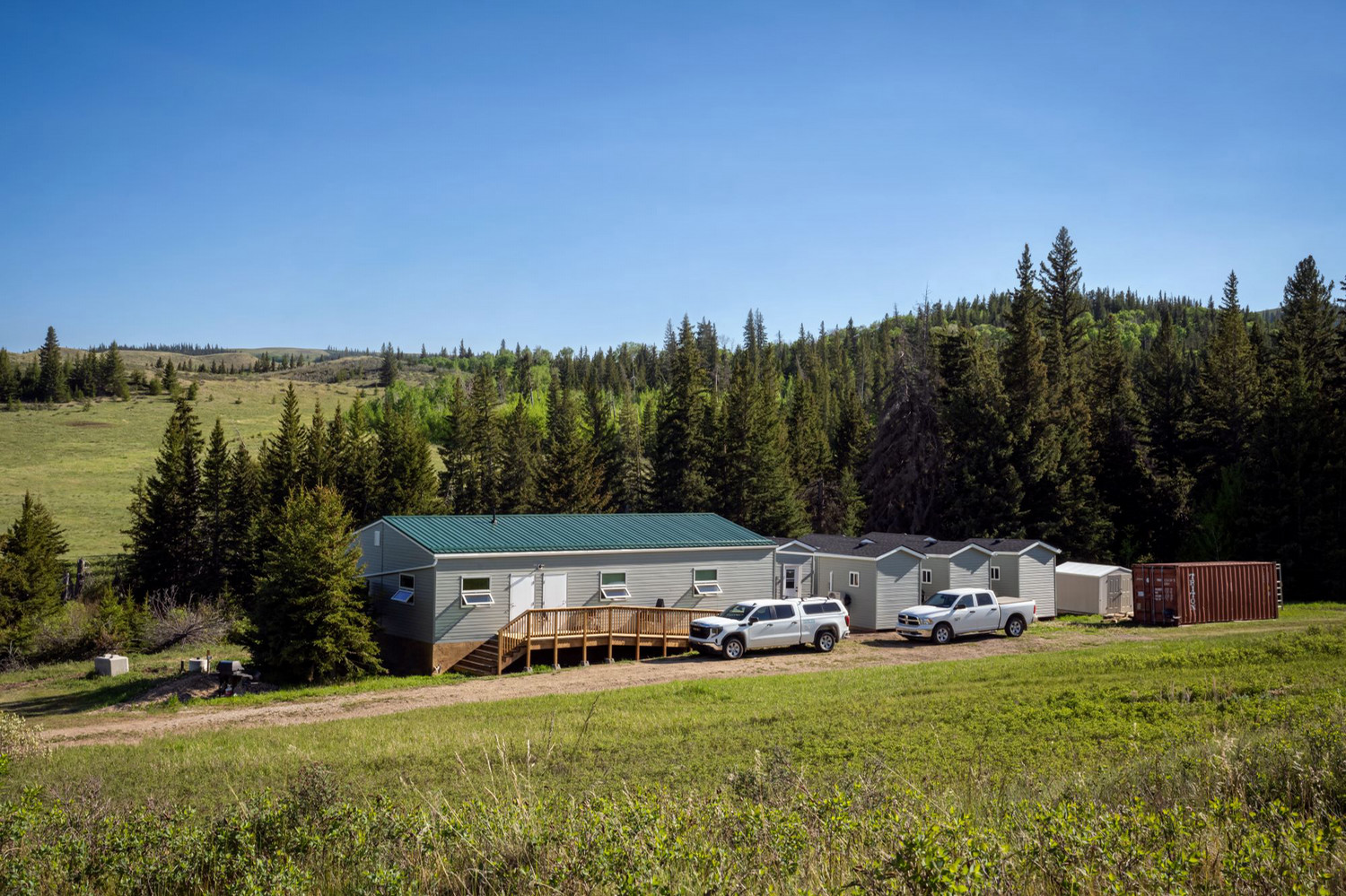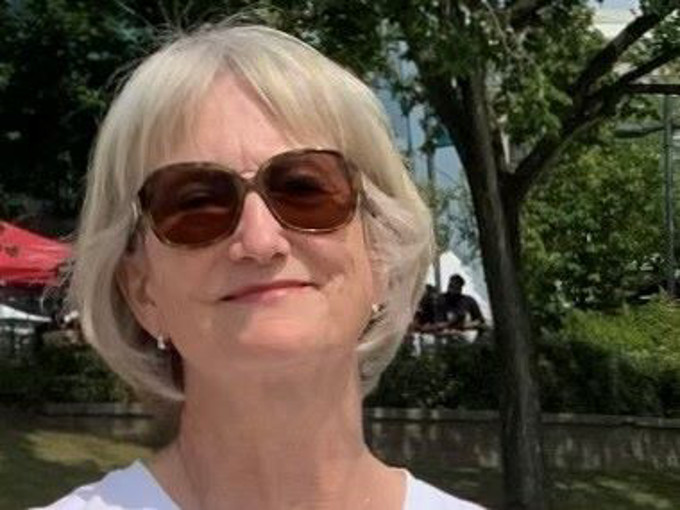
Building the future of discovery in the Cypress Hills: The G. Murray and Edna Forbes Foundation
When the University of Regina’s biology department decided to rebuild the well-loved Cypress Hills Field Station, the G. Murray and Edna Forbes Foundation at the South Saskatchewan Community Foundation stepped up to help make it happen.
“This is an important investment in the future,” said Dr. Douglas Farenick, Dean of the Faculty of Science. “As we work to sustain the environment in a complex and changing world, this contribution to the Cypress Hills Field Station has supported the creation of new labs, better accommodations, more accessible facilities, and spaces for collaboration.”
The G. Murray and Edna Forbes Foundation at the South Saskatchewan Community Foundation (the Foundation) has helped ensure that this special research hub will continue to inspire students, scientists, and communities for years to come.
For over 50 years, the Cypress Hills Field Station has provided students and researchers with a hands-on learning environment. Located 65 kilometres southwest of Maple Creek, the upland avoided the last ice age and supports a rare mix of grassland, pine, spruce, and aspen, providing a living classroom for ecological study.
Each summer, undergraduate and graduate students conduct research on wildlife, habitats, and ecosystems. Their work over the decades has contributed to numerous publications and an advanced understanding of Saskatchewan’s natural environment.
Learn more about the U of R's world-renowned research done in the Cypress Hills and its impact in the video below.
After many years of use and exposure to the elements, the original buildings could no longer meet the needs of today’s research and teaching. Rebuilding became essential for the future, and that’s when the Foundation got involved.
“For us, it’s about more than replacing a building,” said Susan Yuzik of the Foundation. “We receive many proposals each year, and each one is important. But this one stood out because it preserves an environment that’s unique in Saskatchewan and has inspired learning and research for decades. We wanted to make sure future students and scientists can continue exploring and protecting this remarkable ecosystem for generations to come.”
The Foundation’s support helped create a renewed, accessible facility with modern labs, improved accommodations, and flexible spaces for learning and collaboration.

The Cypress Hills Field Station, located 65 kilometres southwest of Maple Creek, provides hands-on learning and research opportunities for students and scientists. Photo credit: University of Regina Photography.
“Investing in the Cypress Hills Field Station is about giving students and researchers the tools and environment they need to explore, discover, and contribute to our understanding of the natural world,” Yuzik said. “It’s an investment in knowledge, discovery, and the future.”
The Foundation’s support demonstrates its broader goal of building stronger communities and providing valuable learning opportunities in southern Saskatchewan. Yuzik also pointed out that inviting grant applications helps the Foundation learn what students, researchers, and local communities need.

“This approach allows us to support projects that have lasting impact,” she said. “The Cypress Hills Field Station project aligned perfectly with our vision, combining education, research, and environmental stewardship.”
Thanks to the G. Murray and Edna Forbes Foundation at the South Saskatchewan Communication Foundation, and through the support of the Government of Saskatchewan Ministry of Environment, and the province's Preventative Maintenance and Renewal funding program, the Cypress Hills Field Station remains a place of discovery, inspiring students and researchers and helping everyone learn more about Saskatchewan’s natural heritage.
Banner photo credit: University of Regina Photography.